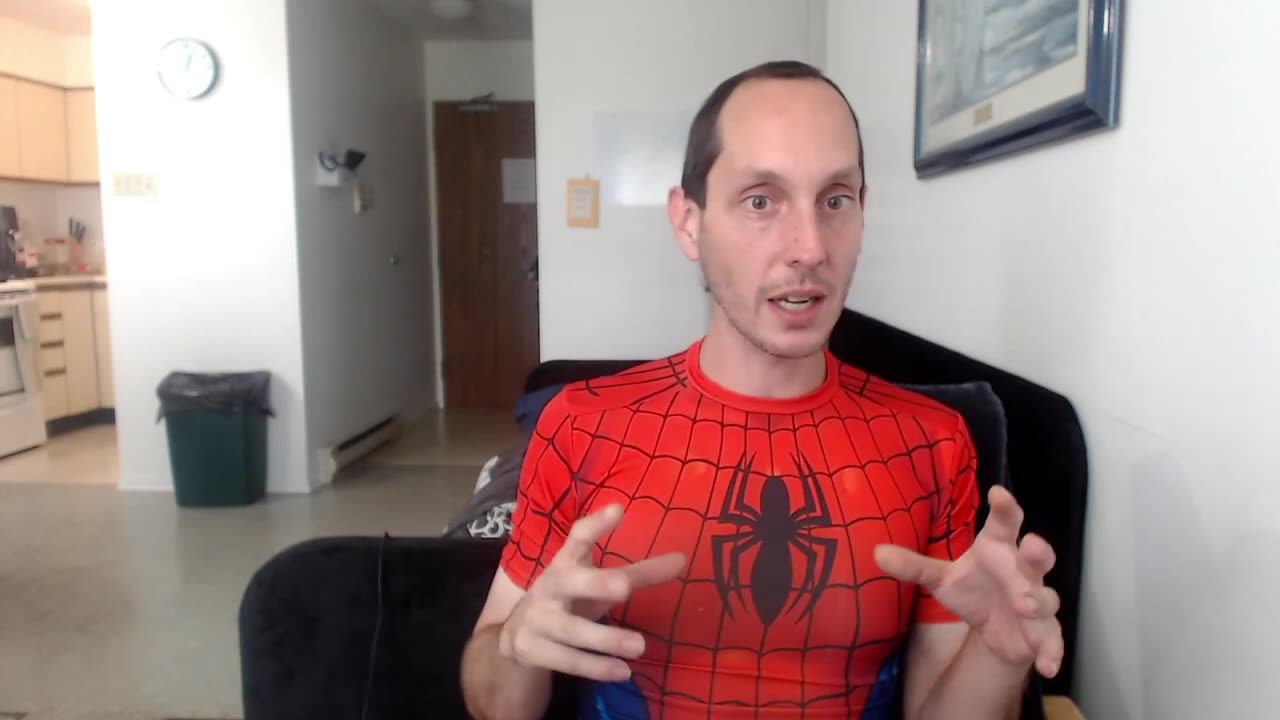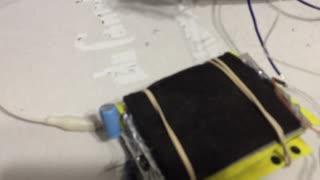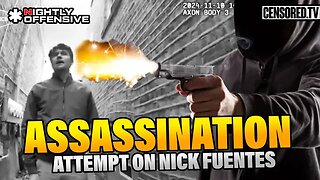Premium Only Content

Opto-Isolator Cap Dump
Following my recent video regarding the peculiar behavior of capacitors, I've discovered further information from Tom Bearden and Bedini. This new information aligns with my previous findings and sheds light on the potential blueprint and functioning of what is known as their "secret" opto-isolator capacitor discharge unit. I share a clip at the end of Tom Bearden supporting this idea. What do you think? Let me know!
Design the Circuit:
Identify the source coil where you will pulse the current and capture the back EMF.
Select one small capacitor (for instance, 10μF) to smooth the back EMF and two larger capacitors (e.g., 50μF each) that can handle the expected peak back EMF voltage in reverse polarity ( experimentation needed) and a desirable level of stored charge. Ex 24 V.
Choose four diodes for each full-bridge rectifier, one additional diode for the isolation of the small capacitor, and two additional diodes for the isolation of the larger capacitors - all capable of handling the expected peak voltage and current.
Choose two comparator ICs that can handle the voltages you are working with and that can sink or source enough current to drive your opto-isolators.
Choose two opto-isolators compatible with the comparator's current and voltage, capable of switching a relay to control the charging/discharging of the larger capacitors.
Choose two relays with contacts rated for the current and voltage you expect to switch. The coil voltage of the relay should match the output of the opto-isolator.
Additionally, choose four resistors and two capacitors to create an RC circuit for each relay, preventing both relays from being engaged simultaneously.
Create the Circuit:
Connect the coil to a suitable pulse generator. Ex: Bedini Motor Device
Connect the small high voltage polarized capacitor to the coil in reverse through an isolation diode. This will capture and convert the back EMF into a steady DC in negative voltage.
Connect the output of the small capacitor to a rectifier the input of two additional full-bridge rectifiers, each with its own isolation diode. Connect the positive output of each rectifier (and the cathode of the isolation diode) to one of the larger capacitors, ensuring that current can flow from the small capacitor to the larger capacitors but not in reverse.
Connect the positive input of each comparator to the positive terminal of the corresponding large capacitor and the negative input to the positive terminal of the battery.
Connect the output of each comparator to the input of the corresponding opto-isolator.
Connect the output of each opto-isolator to an RC circuit, and then to the coil of the corresponding relay. This will create a delay that prevents both relays from being engaged simultaneously.
Connect the normally open contacts of each relay to the load, so that when the relay is engaged, the corresponding large capacitor will discharge into the load.
Test and Operate the Circuit:
Apply pulses to the coil and monitor the voltage across the load and on the capacitors. The small capacitor should capture and smooth the back EMF into a steady negative DC, and the two larger capacitors should alternately charge from the small capacitor and discharge into the battery, maintaining a nearly constant voltage across the load.
Forum:
http://typeright.social/forum
Please Help Support My Research: https://youtu.be/pYXETBB40j0
-
 4:37
4:37
Joel Lagace
6 months ago $0.02 earned100v Pulsing Cell
115 -
 43:27
43:27
barstoolsports
7 hours agoOld Dog Bites Back | Surviving Barstool S4 Ep. 9
54.1K1 -
 LIVE
LIVE
Right Side Broadcasting Network
7 days agoLIVE: TPUSA's America Fest Conference: Day One - 12/19/24
8,940 watching -
 LIVE
LIVE
Man in America
22 hours agoPfizer Has Been Caught RED HANDED w/ Dr. Chris Flowers
827 watching -
 LIVE
LIVE
Slightly Offensive
5 hours ago $3.59 earnedAttempted ASSASSINATION of Nick J Fuentes LEAVES 1 DEAD! | Guest: Mel K & Breanna Morello
1,546 watching -
 1:43:08
1:43:08
Roseanne Barr
5 hours ago $11.73 earned"Ain't Nobody Good" with Jesse Lee Peterson | The Roseanne Barr Podcast #79
42.7K21 -

The StoneZONE with Roger Stone
2 hours agoTrump Should Sue Billionaire Governor JB Pritzker for Calling Him a Rapist | The StoneZONE
13.5K3 -
 LIVE
LIVE
Flyover Conservatives
21 hours agoAmerica’s Psychiatrist Speaks Out: Are We Greenlighting Violence? - Dr. Carole Lieberman | FOC Show
476 watching -
 LIVE
LIVE
Precision Rifle Network
1 day agoS3E12 Guns & Grub Live with.....
61 watching -
 LIVE
LIVE
LittleSaltyBear
4 hours ago $1.59 earnedNecromancing Path of Exile 2 4K
280 watching